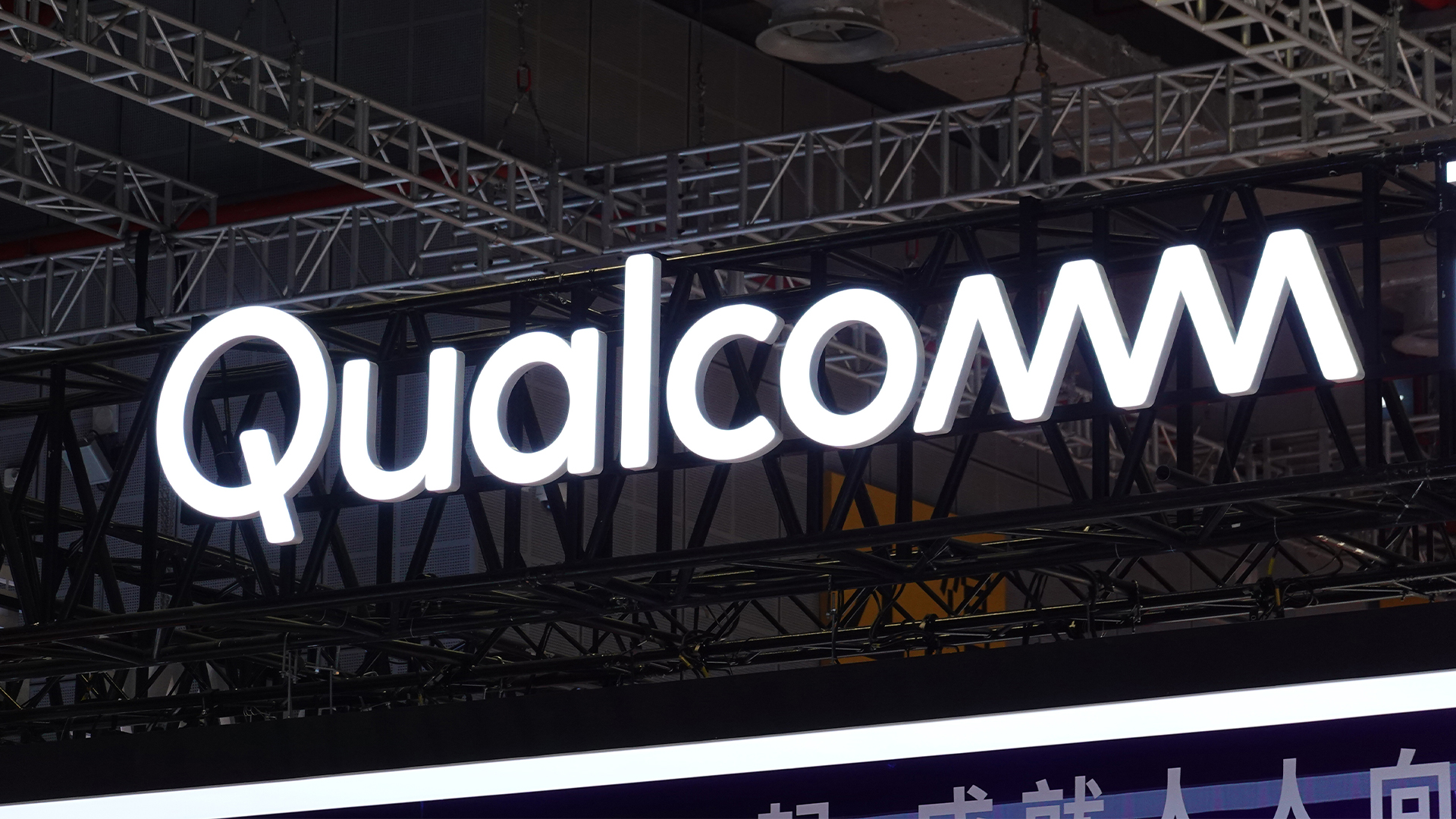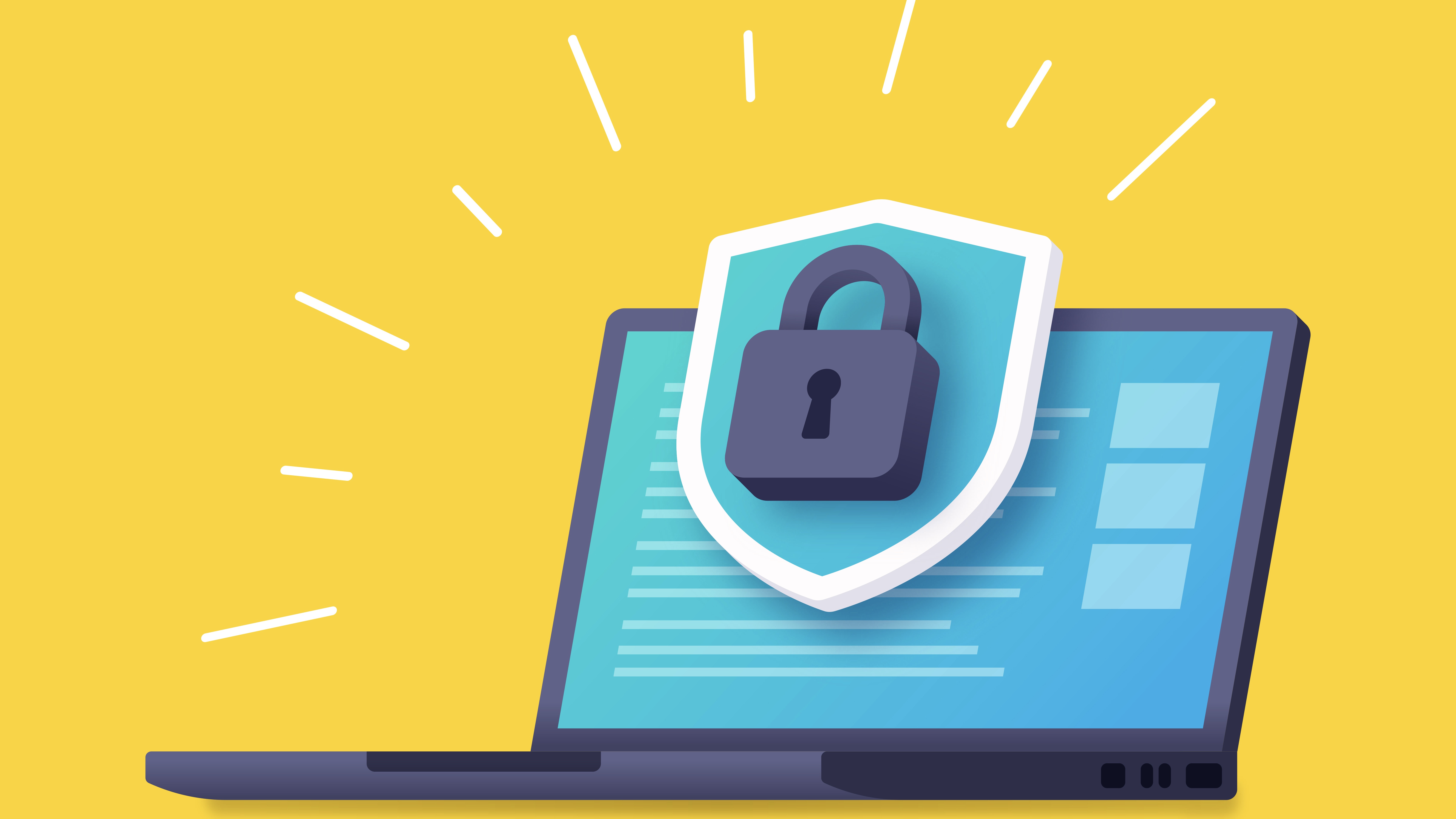Q&A: SMART's Tobias Windbrake on the future of collaboration
We find out what makes for a successful transition to collaborative working


IT Pro caught up with Tobias Windbrake, a collaboration consultant with interactive technology company SMART Technologies, at the 2015 Dennis Business Media Collaboration and Communication conference to find out the benefits and potential pitfalls of moving to a more collaborative working environment.

What is the greatest challenge faced by companies trying to become more collaborative?
What companies struggle with most is not having a collaborative culture yet. If they already have a culture where workers are open to sharing knowledge already, then technology will really just enable them to get better and they will be able to move faster than those that have to solve this cultural problem first.
This is clearly the main thing, but the second is technology adoption, specifically if it is driven by the IT department making decisions. They are looking mainly at specs when they look at different solutions, because it is much easier to compare hard specs than usability and delightful user experience. It is hard for the IT department to formulate it, it is hard for a purchasing department to compare and negotiate with the right partners and what happens in the end is you have a product that is not accepted by your knowledge workers.
Projects hardly ever fail because of the functionality. They fail because of a lack of strategy or because the technology is simply not adopted. Knowledge workers are not paid to use a specific device or tool, like in production environments, they are paid to get the job done and if what is provided by the company does not help them do that, then they will find something else that does.
Should companies consult with their employees to find pain points before looking at solutions?
It's always very specific to individual accounts - there is no one size fits all. We heard this in Hannah Nardini from Twenty 20 Design's presentation today, that they do a lot of assessment of what are the client's processes and workflows, their personality types and age ranges. In the end, unfortunately, there is no template that you can give, it is very individual, but the good news is the different dimensions that you need to consider are known and we heard about them today: workspace design, company culture, technology, different personalities.
Sign up today and you will receive a free copy of our Future Focus 2025 report - the leading guidance on AI, cybersecurity and other IT challenges as per 700+ senior executives
All this is very individual to an account, but the better you assess your organisation using these criteria and starting with the knowledge worker, the more successful the project will be. A simple top-down implementation is hard to do in a successful way and you may end up with products that are not adopted. So it is really worth doing this in a collaborative fashion with a steering committee where you have people from HR, knowledge workers, IT, representatives from a workers' council, who all sit down together to define collaboration as a strategy and then agree on the right practices and the right processes and, also, what are the right tools in the end.
Is it worth bringing in change management consultants?
There is an interesting saying that if you ask people who thinks change is good, everyone will say yes but if you ask who likes to change, they will be less enthusiastic, because change is always hard to do. What I will sometimes do in a group is tell one person to go up to the smart whiteboard and write their name. Then I tell the next one to go up, but they have to use their non-dominant hand - that's a small change, it's the same body and the same brain, but people are challenged and it takes ten times longer to do the same activity. To retrain yourself away from something you've been practicing your entire life is very hard.
So yes, change management consultants might be needed, but the trick is really to avoid change as much as possible - try to be as close to existing processes as possible, leverage a tool that people commonly use at home, and make the use of technology as intuitive, self-explanatory and natural as possible, because if it feels natural people will simply use it. If it doesn't feel natural you have to retrain yourself, you have to change, you have to go on training courses and you may forget what you have learnt after a couple of weeks of holiday.
So the trick is really to avoid change as much as possible but, for the rest, yes you should have professional support.
What will a successful collaborative business look like five years from now?
This is a hard question, but I think it would be fair to say only those companies that really become collaborative and manage and leverage the knowledge that sits in their brains will stay on the market for mid and long-term.
That knowledge is a company's biggest asset and sitting on it is not enough. You really need to find ways, through collaboration, to leverage it and apply it to your business. That's now a matter of survival - it's not an option, it's not a way of differentiating from the competition, which is ever growing - you can only continue to exist if you make the best use of the brains in your organisation.

Jane McCallion is Managing Editor of ITPro and ChannelPro, specializing in data centers, enterprise IT infrastructure, and cybersecurity. Before becoming Managing Editor, she held the role of Deputy Editor and, prior to that, Features Editor, managing a pool of freelance and internal writers, while continuing to specialize in enterprise IT infrastructure, and business strategy.
Prior to joining ITPro, Jane was a freelance business journalist writing as both Jane McCallion and Jane Bordenave for titles such as European CEO, World Finance, and Business Excellence Magazine.
-
 'Digital hide-and-seek': Workers are wasting hundreds of hours a year sourcing the information they need to carry out their role
'Digital hide-and-seek': Workers are wasting hundreds of hours a year sourcing the information they need to carry out their roleNews Knowledge workers globally are wasting a quarter of their working week tracking down information, new research from Atlassian has revealed.
-
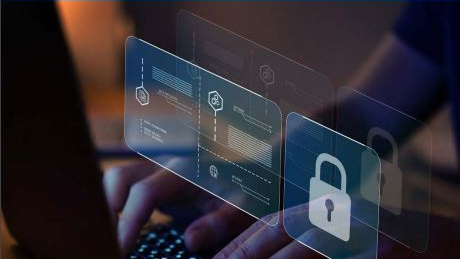 Untethered: How CIOs and CISOs are paving the way for the new hybrid workforce
Untethered: How CIOs and CISOs are paving the way for the new hybrid workforceWhitepaper Effective techniques to transition from exposed legacy infrastructure to an effective zero trust strategy
-
 Unlocking the power of your digital services
Unlocking the power of your digital servicesSponsored Businesses have invested significant cash into technology since COVID-19, but are they really getting their money's worth?
-
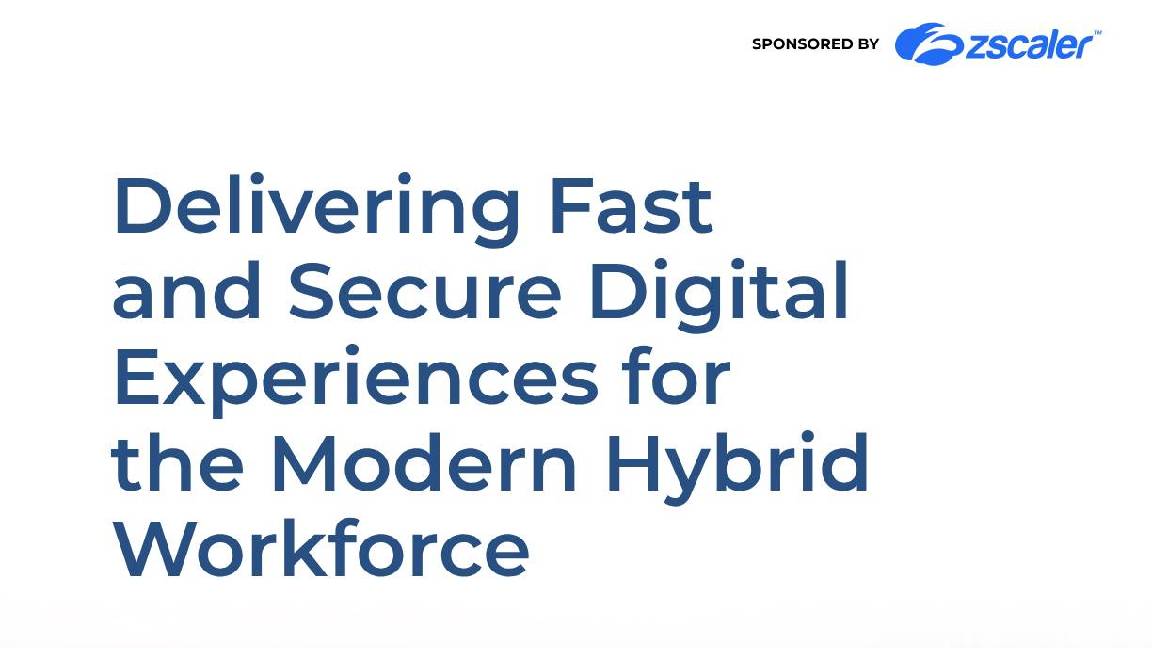 Delivering fast and secure digital experiences for the modern hybrid workforce
Delivering fast and secure digital experiences for the modern hybrid workforceWhitepaper A new approach to digital experience monitoring that can monitor the health of all systems
-
 Collaboration is the glue that holds your business together
Collaboration is the glue that holds your business togetherSPONSORED A combination of productivity tools and cloud telephony can enable the best from your workforce
-
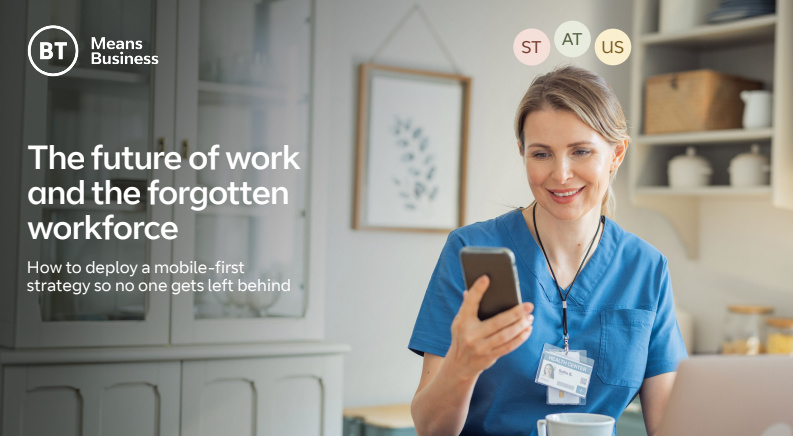 The future of work and the forgotten workforce
The future of work and the forgotten workforcewhitepaper How to deploy a mobile-first strategy so no one gets left behind
-
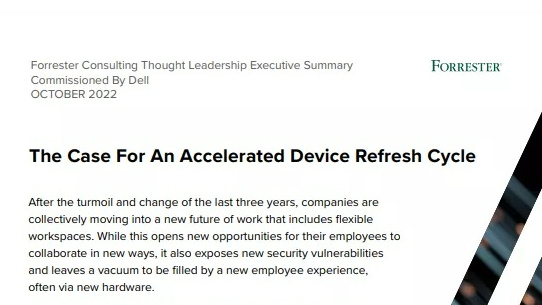 The case for an accelerated device refresh cycle
The case for an accelerated device refresh cycleWhitepaper Achieving a more cost-effective device lifecycle overall
-
 Employees are choosing how they work
Employees are choosing how they workWhitepaper And with the right secure digital strategy, this could be a great thing for your business: today and far into the future
